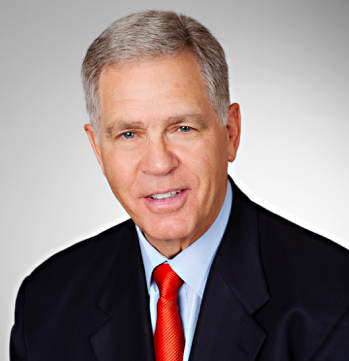- Home
- About Us
- The Team / Contact Us
- Books and Resources
- Privacy Policy
- Nonprofit Employer of Choice Award

 In the first article I concluded that Annual Giving is the most important program upon which to build Major Gifts, Planned Giving and Campaign Programs. So what are the fundraising methods that charities employ?
In the first article I concluded that Annual Giving is the most important program upon which to build Major Gifts, Planned Giving and Campaign Programs. So what are the fundraising methods that charities employ?
Fundraising Methods We are in a technological age in which the methods of fundraising continue to evolve. Therefore, the following list of methods include those that are the most common today with the recognition that the list may not be totally complete. This is a good opportunity for you to review your annual fund, or before you establish a new program, using this list as a checklist to consider.
A. Personal Methods
a. Personal visits occur when donors or prospective donors agree to meet with volunteers and/or staff of a charity to enable a charity to make its case for support. This is sometimes referred to as the “major gifts method”, because it is the primary method used to having people give major gifts. But this method should be used in all fundraising programs.
b. Face-to-Face is now referred to, as designated people from a charity meeting people “on the street” and asking them to make a donation on the spot. The designated people are generally contracted by a charity, wear a badge showing they officially represent the charity, and have related material to give people and usually carry a clipboard or tablet to record the person’s name and contact information for receipting purposes. The primary use of this method is donor acquisition. I have specified the personal visit approach separately from the face-to-face method because when I began fundraising the personal visit approach was referred to as face-to-face. I believe this method has become somewhat successful because of the demise of door-to-door fundraising.
c. Door-to-Door fundraising was very popular until about the end of the 1980’s diminishing greatly because many people became suspect of people coming to their door selling goods, energy contracts and raising funds. A relatively few charities still use this method by primarily using volunteers.
d. Personal letters, emails, social media, online requests and phone calls for donor renewal.
e. Written Proposals are mailed or emailed, to individuals, private and public foundations and corporations who more likely are current donors who have requested one.
B. Direct Response/Marketing
a. Direct Mail
b. Telemarketing, sometimes referred to as tele-funding
c. Mail/phone. Direct mail followed up by a phone call
d. Social media
e. Crowd funding (example: Go Fund Me)
f. Online webpage advertising
C. Special Events
a. Galas, golf tournaments, silent and live auctions to introduce new donors, involve current donors and attract sponsorships. Everyone is encouraged to attend by invitation or through advertising in regular or social media.
b. Some special events can be more specific. For example, breakfasts, lunches, dinners and seminars created specifically for special groups of donors, such as major gift and planned giving donors.
c. Third party events whereby an individual or organization will create an event and give all the proceeds to a charity with the charity not being highly involved, if at all.
D. Grants
Proposals to prospective donors that can be individuals, private and public foundations and corporations whose giving might align with a given charity.
E. Other
Endorsements,
Matching gifts
Gifts-in-kind
etc.
This list is a starting point. This is a useful way to consider if your program has all the elements that will let you succeed.
Since 1974, Dr. Hallett has worked in the not-for-profit charitable sector. In 1981 Bill graduated with a PhD in Physical Education & Recreation from the University of Alberta. He is one of only a handful of Canadians to hold the Advanced Certified Fund Raising Executive (ACFRE) designation. Raising Executive (ACFRE) designation. Bill joined the YMCA in Peterborough Ontario in 1979. In 1987 he joined the staff of the YMCA of Greater Toronto. From 1997 to 2000 he developed his own full-service fundraising practice. In 2000 Bill joined The Hospital for Sick Children Foundation as its Chief Development Officer and led the development team that raised over $125 million during his three-year contract. In July 2003 he returned to his consulting practice fulltime. As a fundraising consultant Bill has been involved in the development of many other fundraising programs, feasibility and planning studies, capital campaigns for numerous clients. In 1993 he became the founding President of the current Association of Fundraising Professionals (AFP) Greater Toronto Chapter, following which he served on AFP’s International Board, later becoming the first Canadian to be elected to its Executive. He was a founding Board member of the Canadian Association of Gift Planners (CAGP), the national organization in Canada that promotes planned giving. In 2003, the Toronto Chapter of AFP selected Bill as its Outstanding Fundraising Executive. From January 2007 to December 2008 Bill served as the Chair of the AFP Canada Council.